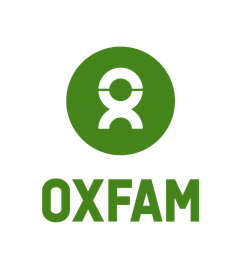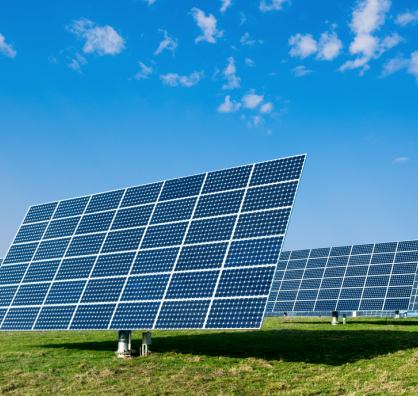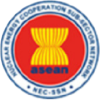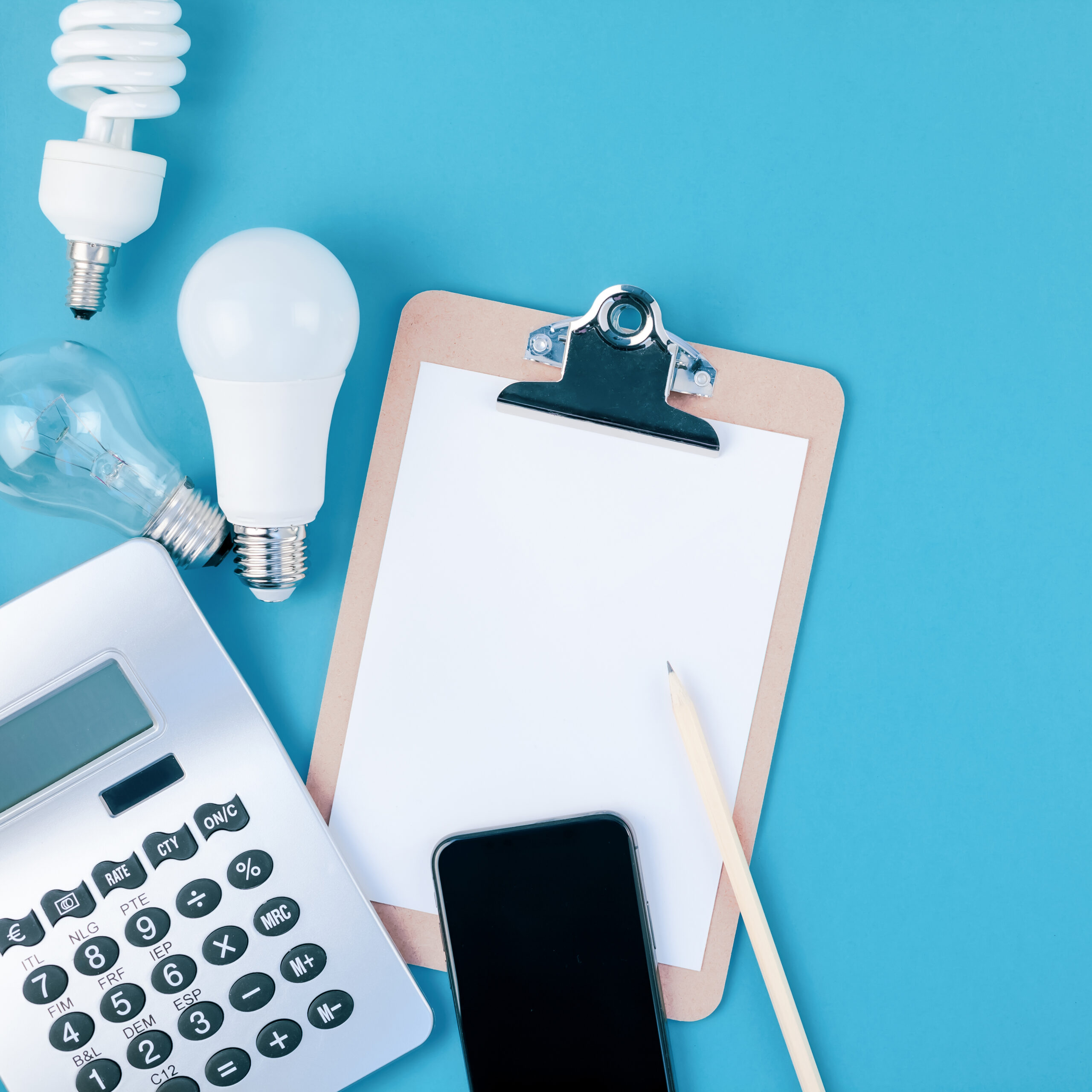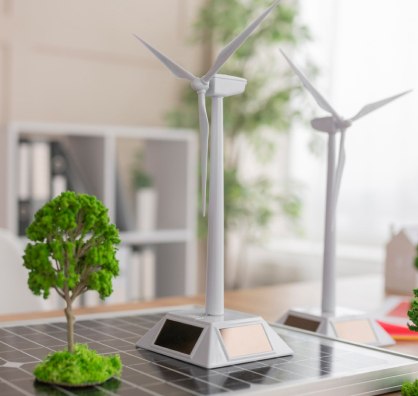
Paving the Way for a Just and Inclusive Energy Transition in ASEAN
What to know about people-centred ASEAN energy transition
Energy transition goes beyond the energy sector—it is intersectional and all-encompassing
Under the ASEAN Plan of Action for Energy Cooperation (APAEC) 2016-2025 Phase II: 2021-2025, ASEAN has set targets on renewable energy and energy efficiency to accelerate energy transition while strengthening energy resilience. The combined effort of the region to achieve these goals, despite being remarkable, still faces challenges especially when it comes to the implications across other sectors. Have you ever wondered what the energy sector in ASEAN looks like through a social lens in 2022?
Recognising the gaps in ASEAN energy sector (2022)
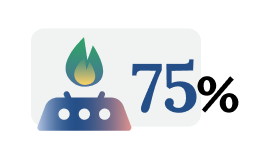
Share of population with access to clean cooking
Source: 8th ASEAN Energy Outlook (2024)
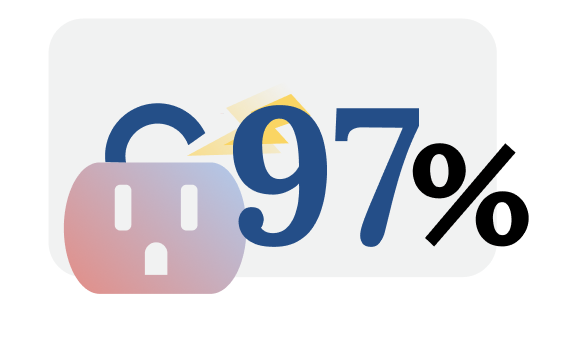
Share of households with electrification
Source: 8th ASEAN Energy Outlook (2024)
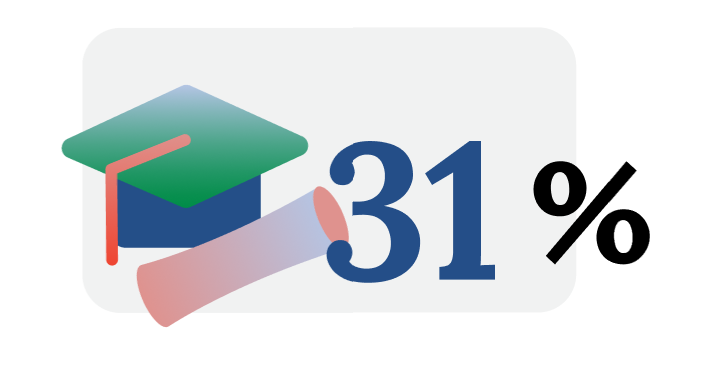
Average percentage of STEM graduates
Source: UNESCO Data Statistics
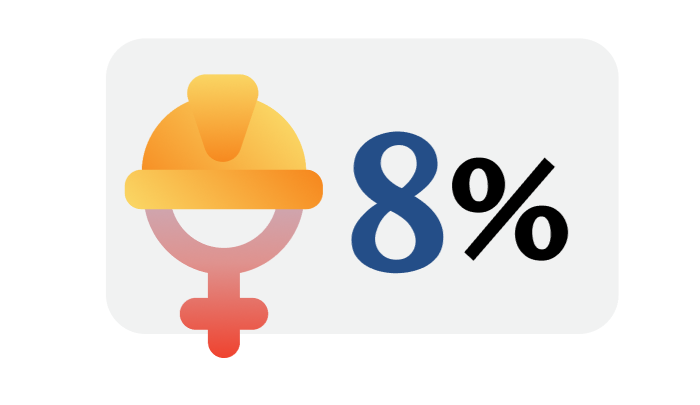
Share of women in crude, petroleum and natural gas extraction
Source: ASEAN Energy Statistic Leaflet, 2023
Energy has been both a critical issue and a key advancing component for the ASEAN Economic Community, making energy transition as a significant agenda for the region as it will shape its future landscape. As we shift towards the sustainable and low-carbon technology, the transformation are bound to transfer into other areas as well—from industry to daily living. This is why in planning, decision making, and executing the energy transition should extend beyond energy system that reflects economic, social and environmental domains.
The next phase of APAEC (2026-2035) is adopting the theme of “Advancing Regional Cooperation in Ensuring Energy Security and Accelerating Decarbonisation for a Just and Inclusive Energy Transition”
To promote and highlight the ongoing works from ASEAN in Just and Inclusive Energy Transition, ACE with the support from Oxfam is working on Influencing Just Energy Transition in Southeast Asia to raise awareness on the nexus of energy transition.
Understanding Just and Inclusive Energy Transition
There are diverse approaches and definitions of just and inclusive energy transition, although with the same essence of promoting equity in the process of shifting from fossil fuel to renewable energy. However, with its unique characteristic as a region, it is fundamental to understand the concept of JIET in the specific context of ASEAN.
The transition from fossil- to the low carbon-based energy system in ASEAN with a focus on protecting and empowering ASEAN people, strengthening energy resilience and energy security, to realise the full potential of ASEAN sustainable energy future.
The adoption of just and inclusive energy transition for the APAEC 2026-2035 means that the region as a whole will consciously include the principles of just and energy transition in future energy policies and initiatives: affordability, accessibility, energy security, sustainability, fair distribution, inclusive & participatory, recognition & empowerment, fair economic growth, gender equality, and intergenerational equity. This people-centred energy transition in ASEAN also involves intersectoral consideration, which has five prioritised areas.
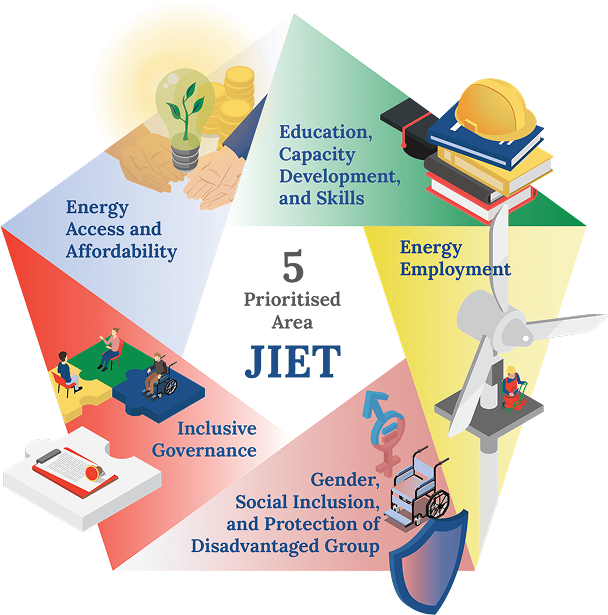
Taking the steps towards achieving a just and inclusive energy transition in ASEAN
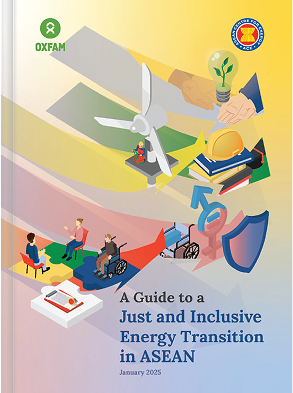
Working towards a just and inclusive energy transition future is a collective work. In supporting this vision, ASEAN Centre for Energy (ACE) with support from Oxfam released A Guide for a Just and Inclusive Energy Transition in ASEAN report. The report is developed with a mission to achieve common understanding, knowledge sharing, and presenting a guiding framework.
The report covers:
- The state-of-art of ASEAN’s energy landscape and its need of a Just and Inclusive Energy Transition
- Definition and principles of a Just and Inclusive Energy Transition in ASEAN context
- Discussion on the five priority areas for a Just and Inclusive Energy Transition in ASEAN
- Guiding steps to implement the Just and Inclusive Energy Transition in ASEAN as policymakers
Previously, ACE and Oxfam also took initiative to raise the conversation on just and inclusive energy transition in ASEAN through a Strategic Multistakeholder Forum. In this event, key players in the energy sector—government, industry, academia, and Civil Society Organisations band together to discuss and share best practices in the topic.
In organising the panel sessions, we collaborated with the Australia Government through Partnerships for Infrastructure (P4I) to discuss about equitable and inclusive energy transition opportunities in ASEAN. The EmPower project (by UNEP and UN Women) co-organised the second panel session on energy and gender nexus for the next phase of APAEC
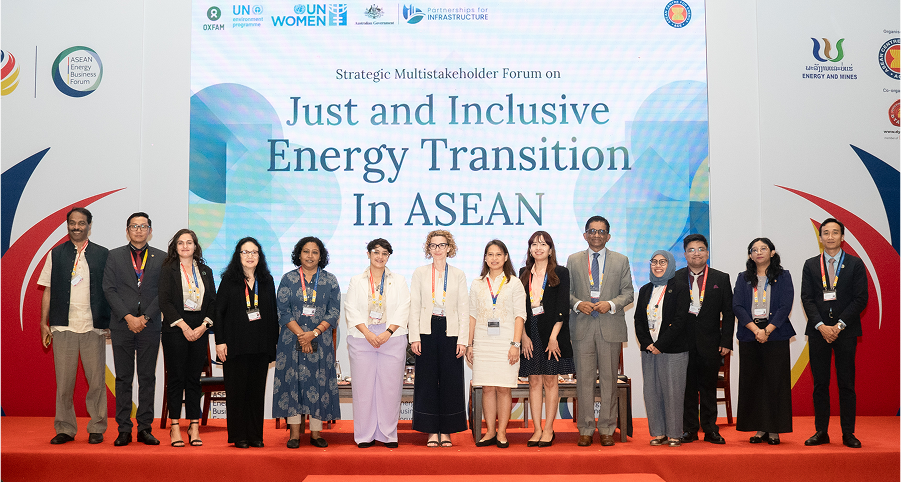
Supported by Oxfam
Oxfam is a global movement fighting injustice for a more equal world. Oxfam works across regions in about 70 countries, with thousands of partners and allies, supporting communities in building better lives for themselves, growing resilience, and protecting lives and livelihoods in times of crisis.
There are some issues Oxfam’s works are focusing on: climate action, economic justice and equal rights, and women’s rights and gender justice. These issues carry what Oxfam’s believes in: equality. With the current global landscape, a just and energy transition covers the issues and belief of the movement. Whether that’s by closing the economic gap or creating jobs that pay liveable wages, a just energy transition can only be achieved if the most vulnerable communities face little negative impacts and do not bear the costs of climate action.
To support the just and inclusive energy transition, Oxfam has several related publications, such as Towards a Just Energy Transition: Implications for communities in lower- and middle-income countries and Towards a feminist just energy transition in Asia. Now, Oxfam and ACE joined hands in shaping a just and inclusive future for ASEAN’s energy transition.
